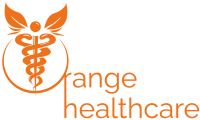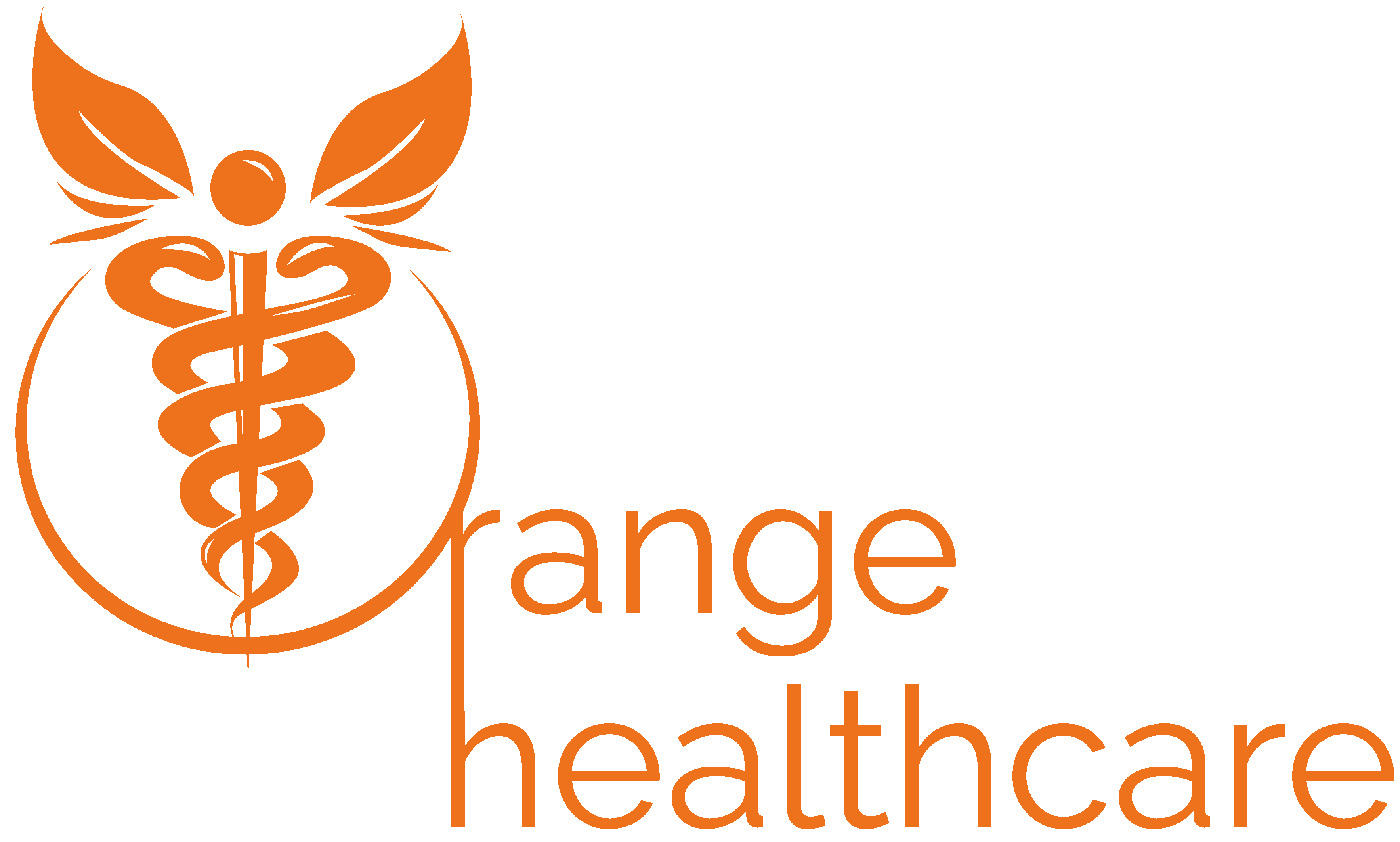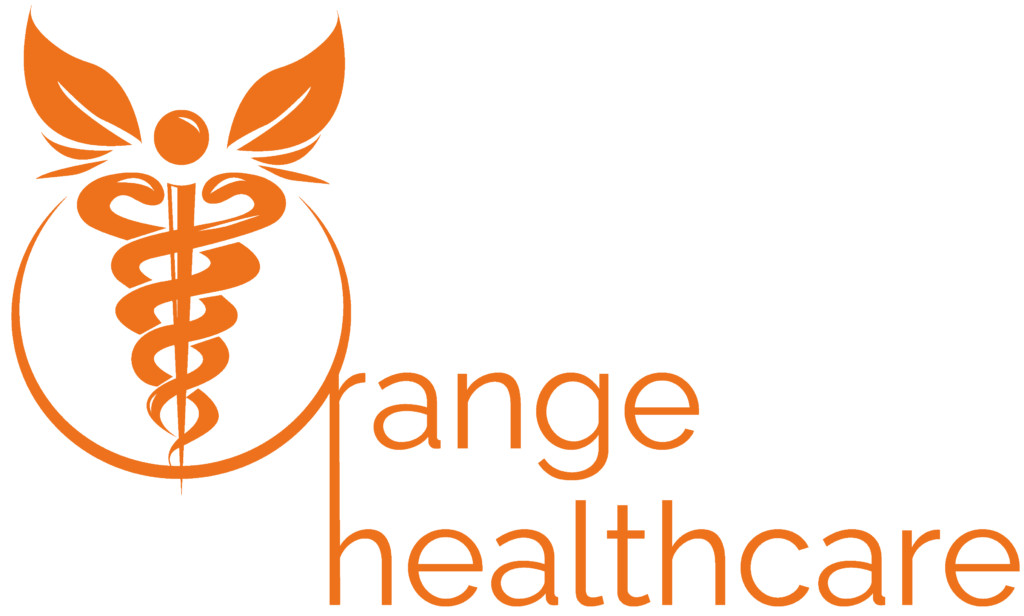SLEEP APNEA
The most common form, Obstructive Sleep Apnea (OSA), affects approximately 20% of adults worldwide. During sleep, most muscles relax completely, but airway muscles retain some tone to keep breathing passages open. In individuals with sleep apnea, however, this airway support is compromised.
Their airway muscles relax too much, causing one of the two incidents:
- Hypopnea – a partial airway blockage that reduces airflow to the lungs
- Apnea – a complete airway blockage that stops airflow to the lungs

Sleep Apnea Symptoms and signs
Dry or sore throat upon awakening
Pauses in breathing (Person may be unaware-usually reported by the bed partner)
Gasping or choking during sleep (Person may wake self up)
Daytime sleepiness, chronic fatigue, not feeling refreshed in the morning
Snoring
Fragmented/Restless sleep
Morning headaches
High Blood Pressure (hypertension)
Require treatment
<span data-metadata="">Men and older adults are at higher risk
Improves overall well-being
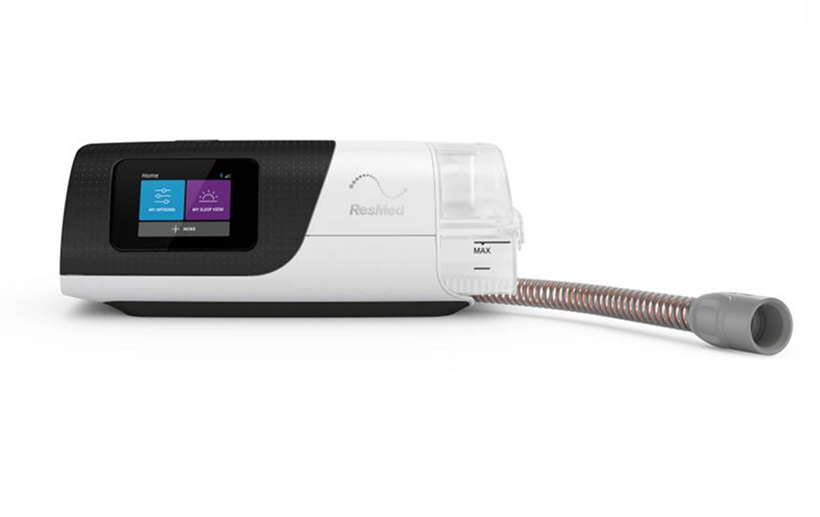
APAP
- Like CPAP, it is a medical device used to treat sleep apnea.
- The device uses advanced algorithms and sensors to automatically adjust the air pressure based on the patient's breathing patterns and needs.
- APAP machines are able to deliver a range of air pressures throughout the night, which can make the therapy more comfortable and effective for some patients.
- APAP machines may be more suitable for patients who have variable or positional sleep apnea, as well as those who find CPAP therapy uncomfortable or difficult to tolerate.
- APAP therapy may also be useful for patients who experience changes in their weight, sleep position, or other factors that can affect their breathing during sleep.
CPAP
- When starting CPAP therapy, a healthcare professional will help the patient select the appropriate mask and machine and adjust the air pressure settings.
- Initially, the patient may experience discomfort or difficulty adjusting to the mask, which may be alleviated by trying different types of masks or adjusting the fit.
- It is recommended to use the CPAP machine every night during sleep to ensure optimal effectiveness.
- The patient should clean the mask and machine regularly to prevent bacterial growth and maintain proper function.
- Lifestyle modifications, such as weight loss, quitting smoking, and avoiding alcohol and sedatives before bedtime, can also help improve the symptoms of sleep apnea and optimize CPAP therapy.
- It may take some time for the patient to experience the full benefits of CPAP therapy, including improved quality of sleep and reduced symptoms of sleep apnea
- Regular follow-up appointments with a healthcare professional may be necessary to monitor progress and adjust treatment as needed.
- It is important to use the CPAP machine as prescribed and to seek medical attention if any issues or concerns arise during therapy.
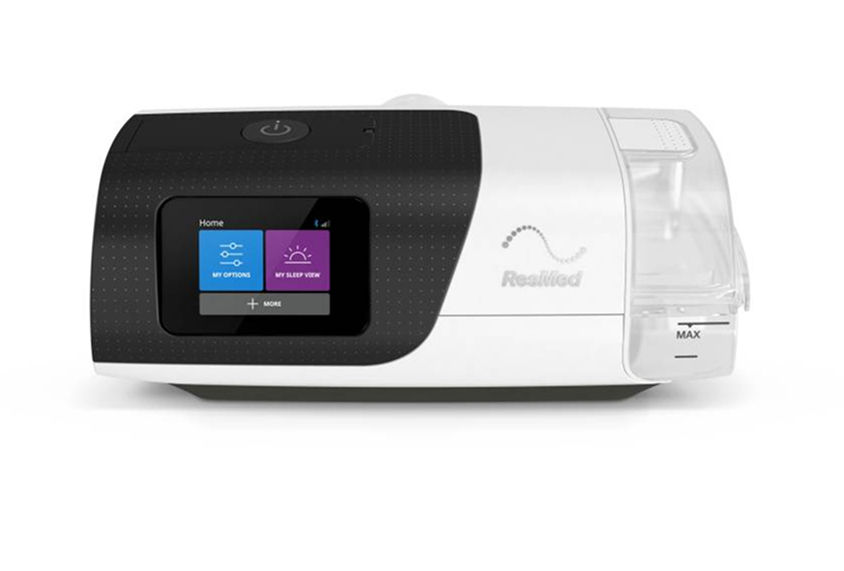
Differences between CPAP & APAP
CPAP (Continuous Positive Airway Pressure) and APAP (Automatic Positive Airway Pressure) are both types of therapy used to treat sleep apnea, a condition in which breathing stops and starts repeatedly during sleep.
The main difference between CPAP and APAP is in the way they deliver pressure to the airway. With CPAP, a continuous, fixed pressure is delivered throughout the night to keep the airway open and prevent apneas from occurring. The pressure setting is determined during a sleep study and is based on the severity of the sleep apnea.
APAP, on the other hand, is an advanced form of CPAP that automatically adjusts the pressure delivered to the airway based on the patient’s needs. This means that the device can vary the pressure based on changes in sleep position, weight, and other factors that affect breathing. APAP devices can deliver a range of pressures within a preset range, rather than a fixed pressure.
While both CPAP and APAP can be effective in treating sleep apnea, APAP may be more comfortable for some patients as it can adjust to their changing needs throughout the night. However, APAP devices may also be more expensive than CPAP devices.
Ultimately, the choice between CPAP and APAP depends on the individual patient’s needs and preferences, as well as the recommendations of their sleep specialist.
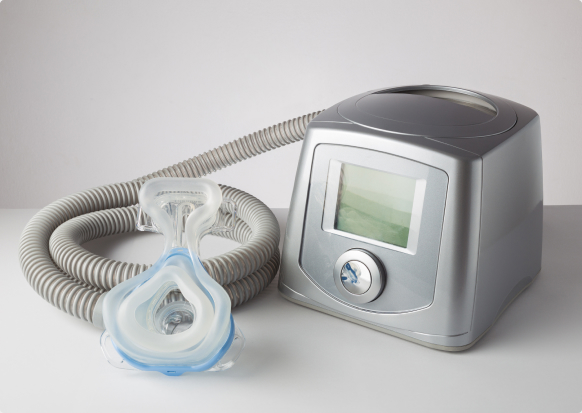
CPAP Therapy
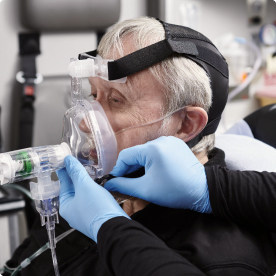
When starting CPAP therapy, a healthcare professional will help the patient select the appropriate mask and machine and adjust the air pressure settings.
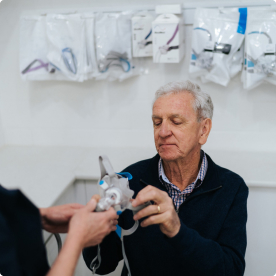
Initially, the patient may experience discomfort or difficulty adjusting to the mask, which may be alleviated by trying different types of masks or adjusting the fit.
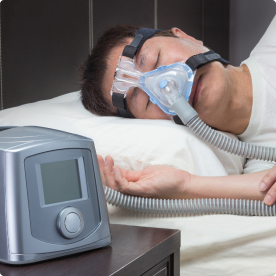
It is recommended to use the CPAP machine every night during sleep to ensure optimal effectiveness.
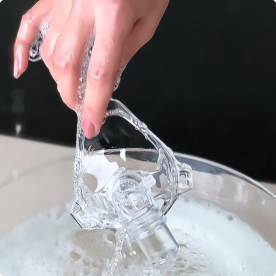
The patient should clean the mask and machine regularly to prevent bacterial growth and maintain proper function.
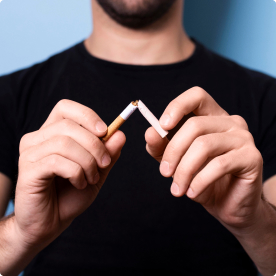
Lifestyle modifications, such as weight loss, quitting smoking, and avoiding alcohol and sedatives before bedtime, can also help improve the symptoms of sleep apnea and optimize CPAP therapy.

It may take some time for the patient to experience the full benefits of CPAP therapy, including improved quality of sleep and reduced symptoms of sleep apnea.
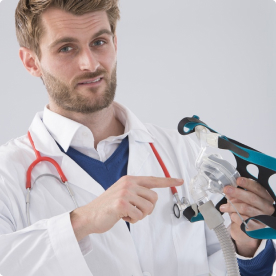
Regular follow-up appointments with a healthcare professional may be necessary to monitor progress and adjust treatment as needed.

It is important to use the CPAP machine as prescribed and to seek medical attention if any issues or concerns arise during therapy.
CPAP therapy benefits:
CPAP prevents snoring from happening by keeping the airway open
CPAP keeps the airway open, preventing apnea episodes and ensuring steady oxygen supply.
Reduced interruptions lead to deeper, more restorative sleep
Less daytime fatigue and brain fog due to better oxygenation and sleep.
Reduced apnea episodes ease cardiovascular stress.


